- Back
- Products
Development Framework & Tools
Qt Framework
Cross-platform software libraries and APIs
Qt Development Tools
Qt Creator IDE and productivity tools
Qt Design Studio
UI Design tool for UI composition
Qt Quality Assurance
for Qt projects
Qt Digital Ads
Digital advertising for UI apps
Qt Insight
Usage intelligence for embedded devices
Quality Assurance Tools
Squish
GUI test automation
Coco
Code coverage analysis
Test Center
Test results management and analysis
Axivion Static Code Analysis
Software static code analysis
Axivion Architecture Verification
Software architecture verification
-
More
Qt 6
The latest version of Qt.
Licensing
Make the most of Qt tools, with options for commercial licensing, subscriptions, or open-source.
Qt Features
Explore Qt features, the Framework essentials, modules, tools & add-ons.
Qt for Python
The project offers PySide6 - the official Python bindings that enhance Python applications.
-
- Solutions
-
Industry & Platform Solutions
Qt empowers productivity across the entire product development lifecycle, from UI design and software development to quality assurance and deployment. Find the solution that best suits your needs.
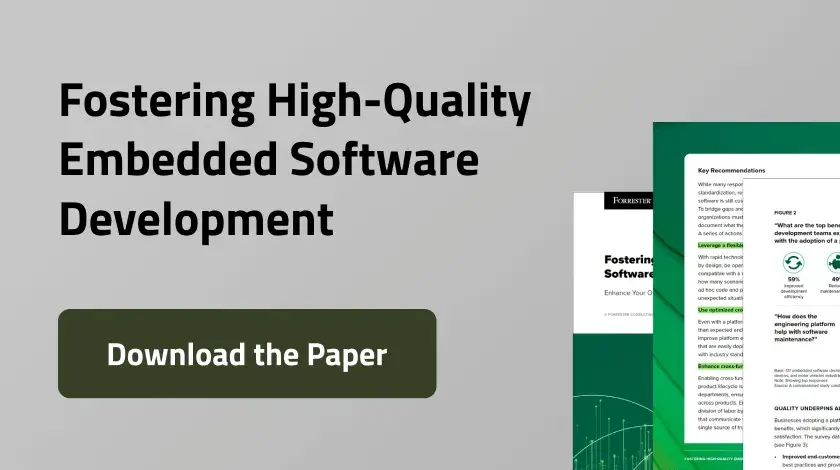
-
Industry
-
Platform
Automotive
Aviation & Aerospace
Industrial Vehicles
Micro-Mobility Interfaces
Consumer Electronics
Industrial Automation
Medical Devices
Desktop, Mobile & Web
Embedded Devices
MCU (Microcontrollers)
Cloud Solutions
-
More
Next-Gen UX
Insight into the evolution and importance of user-centric trends and strategies.
Limitless Scalability
Learn how to shorten development times, improve user experience, and deploy anywhere.
Productivity
Tips on efficient development, software architecture, and boosting team happiness.
-
- Resources
-
Our Ultimate Collection of Resources
Get the latest resources, check out upcoming events, and see who’s innovating with Qt.
-
Development Framework & Tools
-
Quality Assurance Tools
Qt Resources
Qt Blog
Qt Success Stories
Qt Demos
Qt Documentation
QA Resources
QA Blog
QA Success Stories
QA Documentation
-
- Support
-
We're Here for You—Support and Services
Whether you're a beginner or a seasoned Qt pro, we have all the help and support you need to succeed.
-
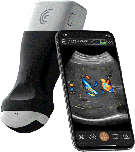
Clarius Mobile Health , a Canadian based company with decades of experience in the medical imaging industry, brought their handheld ultrasonic scanners (built with Qt) to the market in December 2016. Since then, they've amassed a user group of over 20,000 medical professionals , performed over 500,000 scans and have recently released their new HD line of products. (30 -40% smaller than the originals and capable of streaming high resolution scans directly to tablets or smartphones/ to their cloud based service.) Have a look at Clarius HD trailer here.
Kris Dickie (Head of Clarius R&D) estimates that in the 2 year development phase of the Clarius HD range they;
Saved 6 months
Saved 500 hours
(working on the assumption that, without Qt, 80% of one of his team members time would have been used to work on cross platform compatibility alone)
Why develop the Clarius HD with  ?
?
We had the chance to chat with Kris and discuss how their R&D team leveraged the strengths of the Qt Ecosystem to make this leap forward in ultrasound technology a reality.
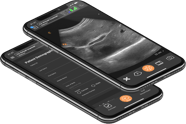
According to Kris, Qt was selected as a foundation for the development process at Clarius because the team placed a great importance on being able to use a single codebase to deploy a feature filled, yet intuitive, user interface across multiple platforms with a unified look and feel. Mobile OS compatibility was considered a priority as well, and they sought a framework that could facilitate their plans around cloud functionality.
Cloud connectivity out of the box
Uploading and securely storing scan data from their devices to the cloud allows for image timelines and more information to be analysed by medical staff after a scan has been carried out. Clarius benefitted from the baked-in cloud connectivity options found with Qt for their impressive cloud setup which connects and functions with AWS using REST APIs and JSON.
Qt on mobile
Qt provides a fully featured IDE, extensive tools and a modular C++ library. These can be used to design and develop applications for mobile devices using different operating systems, with ease. Many users, Clarius included, have been able to take advantage of these capabilities when designing companion apps to accompany their embedded products. Learn more about Qt for mobile application development here.
Interoperability with other tools
Whilst using Qt, you have the flexibility to use what is already built into Qt or integrate other specialised tools and libraries. The team at Clarius did just this with the C++ Boost library for communication between the app and the device, and when setting up their DICOM image formation export functionality. Take a look at a selection of both free & paid extensions, tools and libraries availiable at the Qt Marketplace.
Seamless updates
Ultrasound devices are a class-II, medium risk, medical device. Clarius has therefore been able to take advantage of the slightly less strict regulations that are seen with class-III devices, and release consistent software/firmware updates to future proof their products. These patches however must be well tested and meticulously documented. Both of these processes are possible within the the Qt ecosystem.
The Clarius HD range
The Clarius HD range of portable scanners stream real-time HD ultrasound imagery to compatible iOS and Android tablets, and even smartphones, thanks to the nifty companion app.
Following data transmission from the ultrasound, the app uses shader code to render the ultrasound image, in real-time, on the medical-professional's device of choice.
Leveraging Qt's cross-platform & mobile capabilities, Clarius was able to run its recognisable UI across different consumer-level hardware and varying screen sizes without compromising on functionality or performance.
“The customer experience, regardless of the mobile platform or OS, is the same"
Used by Clarius
Commercial Qt
The development branch of Clarius is currently using Qt 5.13, whilst the production branch takes advantage of the long term support of 5.12.
Qt Bluetooth Library
Qt Bluetooth supports Bluetooth Low Energy development for client/central role use cases and applications performing the peripheral/server role.
Qt GL Bindings
For low-latency updates and most responsive user interface creation, custom OpenGL shaders were created and easily integrated using Qt (GUI's) OpenGL bindings.
QML
Clarius used Qt's declarative language, QML, "right from the start". It is perfectly suited for quick design iterations and building exceptional, cross-platform, user interfaces.
Take a scan of their work
Clarius work with teams at around 200 different universities through data sharing, and even run machine learning courses based around the findings. Want to take a look at the incredible work carried out by Clarius? Kris was kind enough to point us to their repositories, now available on GitHub. It showcases their tools and how they use Qt. Be sure to take a look.
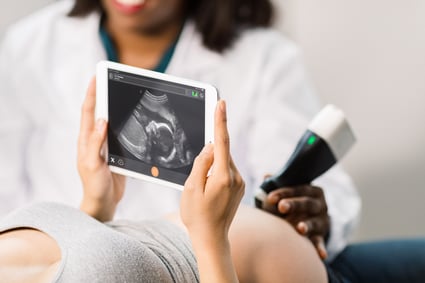
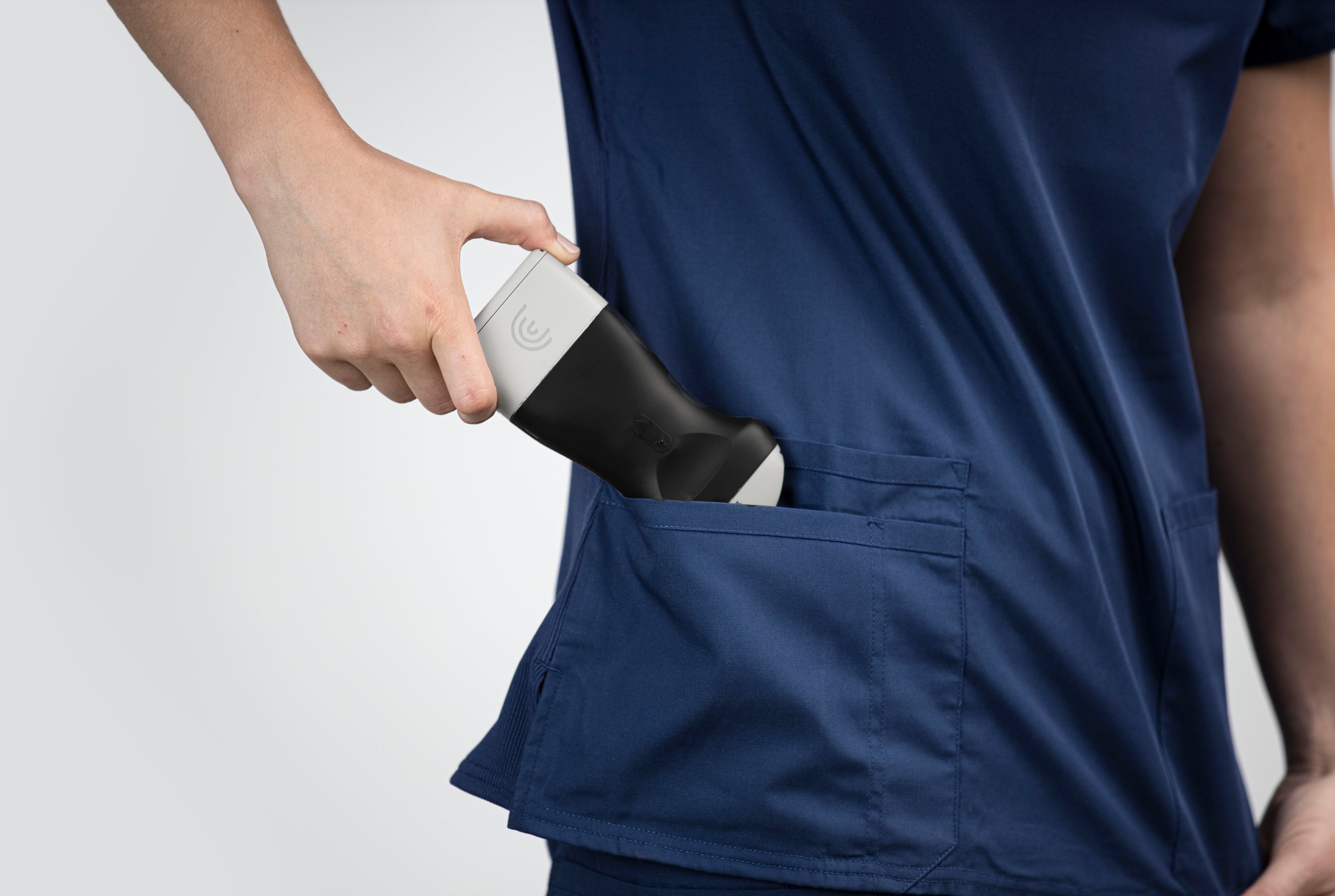
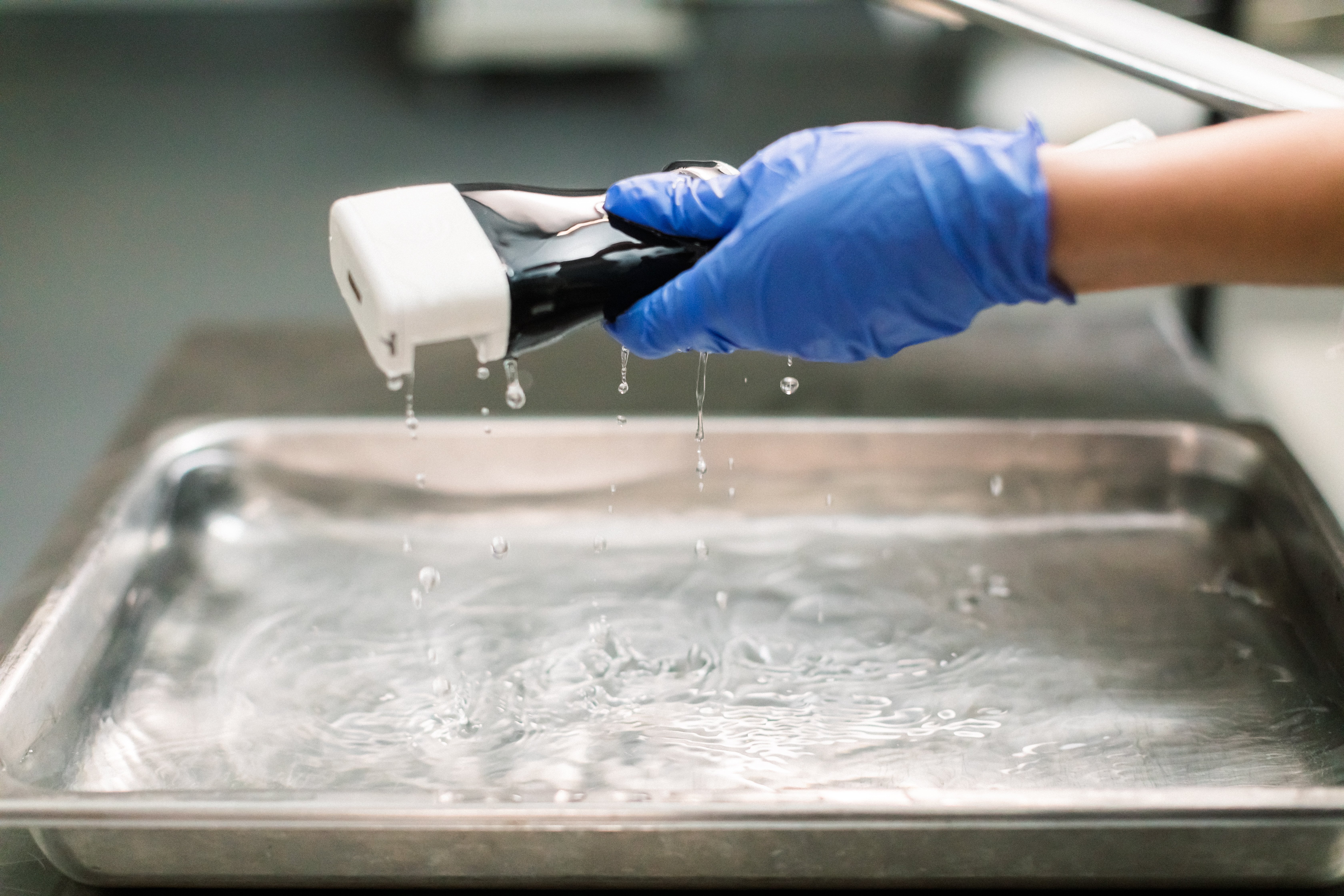
See the Clarius HD in action
Trailer and imagery used on this page courtesy of Clarius Mobile Health.
Qt Group includes The Qt Company Oy and its global subsidiaries and affiliates.





